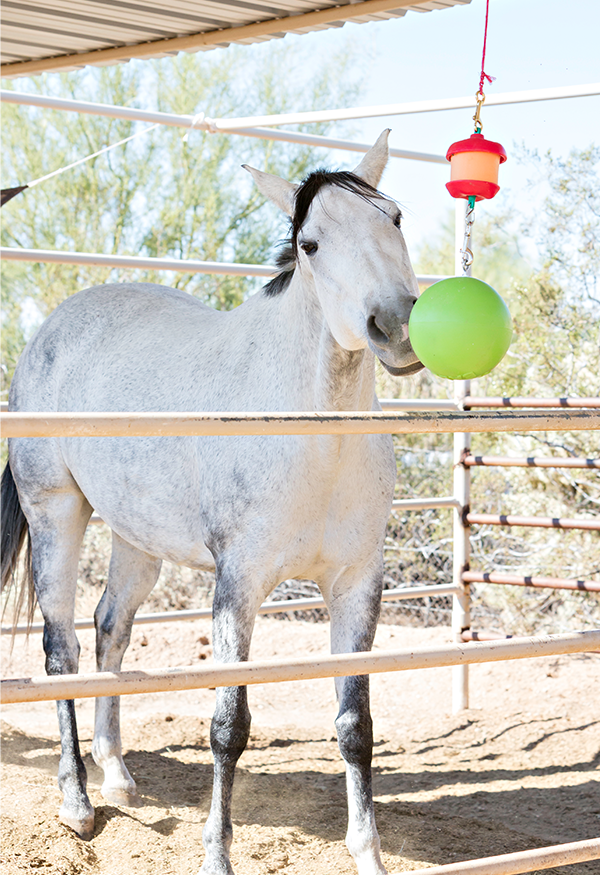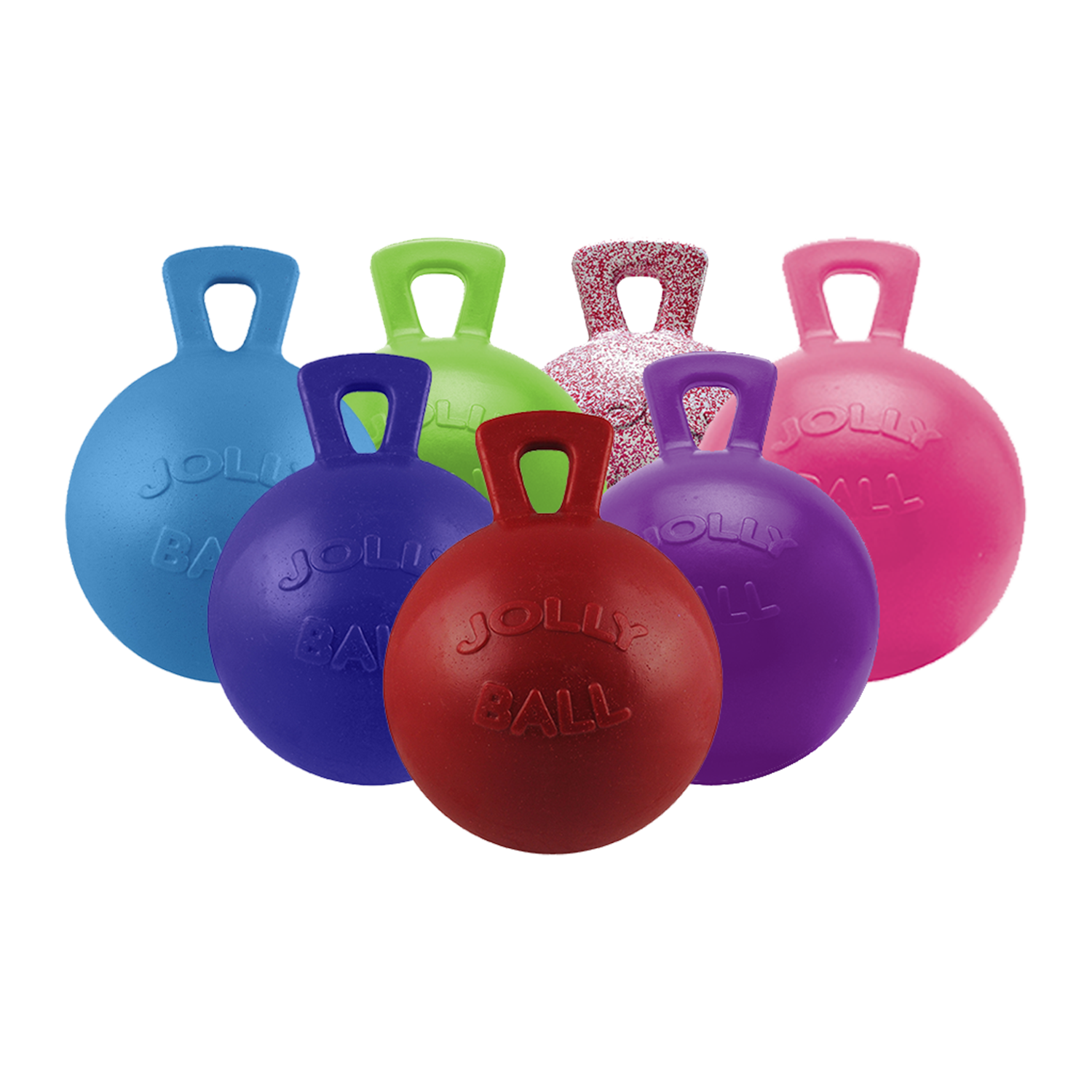Your Cart is Empty
FREE Economy Shipping on orders over $75
Menu

FREE Economy Shipping on orders over $75
Transitioning Your Horse to the Off Season
October 11, 2024 5 min read
With the busy competition season ending and most equestrians around the world moving into the off season, its easy to simply continue your weekly training at home without putting much thought into what this phase of the competition year can bring.
Since we often think of our equine partners as athletes, let’s take a look at how most professional athletes handle the off season and what that could mean for our horses in their training.
For pro athletes, off season usually consists of a time for:
- Rest and recovery
- Light training to maintain fitness
- Skill development training
- Mental health check ins
- Pre-season preparation
If we apply this same formula to our horses, we not only offer them an opportunity to rest their minds and bodies for better performance in the long run, but also grant them the ability to develop their technical skills using low impact cross training without the high risk of injury that we often see in horses that are repetitively overworked.
Rest and Recovery
How much time off to give your horse may depend on your specific needs, training schedule, and area, but there is a general consensus that at least two to four weeks off after competition season is helpful for the body to rest and recover. This doesn’t necessarily mean you need to let them out in a field somewhere and not touch them, but often this can look like nice hand walks together, easy trail rides, bodywork sessions, or other activities where the horse’s mind and body aren’t being strained. If we take our examples for professional human athletes, most take a week or so to completely rest their body, and then begin to slowly engage in light low impact activities.
Massage is a vital part of many athletes rest and recovery phase, and this is a perfect time to incorporate EBO sessions into your routine. Not only does massage help your horse’s muscles recover from the high intensity workouts of the show season, but it also helps improve circulation while your horse isn’t working as intensely. Plus it can help with their mental recovery, and is fantastic way to bond in a quiet moment during your horse’s rest time.
This is also a perfect time to offer your horse mental enrichment and engagement options, especially if they are spending some of their rest time in a stall. A few of my absolute favorite enrichment toys are the Amazing Graze, and the Jolly Hay Ball from Horsemen’s Pride. The Amazing Graze allows for hours of mental entertainment as your horse must move the grazer around in order to get small treats to dispense occasionally. My personal horse, Cooper, gets low sugar treats in his grazer and can stay occupied for hours. The Hay Ball is another favorite of mine as you can use it as a slow feeder with a twist. Hang it in your horse’s stall, or from a tree or other object outside and your horse will play with the swinging ball as they snack on their hay. For many athletes, re-booting their mental game means changing focus for a bit, which is exactly what the Horsemen’s Pride enrichment toys can help your horse do during their down time.
Light Training for Maintaining Fitness
Once it’s time to move out of Rest and Recovery and into some light training, it’s important to remember that combining low impact training and easy cardio are the keys to maintaining fitness even while you’re allowing your equine athlete’s body to continue to recover from the season. This is where ground poles can have an enormous impact on strength and conditioning. Using ground poles at the walk and trot can help develop muscles in your horse’s topline, core, back, shoulders, and hind end. They are known to improve stifle and hock function as they strengthen the muscles attached to these joints for greater stability. Ground poles also increase joint range of motion as your horse steps up and over the poles.
Ground poles are often used in rehabilitation cases as they are a low impact exercise with profound benefits even when performed at the walk. Ground Pole Workouts is a fantastic tool in your toolbox for strength training, and the filtering system in the program allows you to target whatever specific need you want to focus on.
In Ground Pole Workouts, we use the jump blocks from Horsemen’s Pride as risers to slowly increase difficulty and to target specific muscle areas, depending on how the poles are set on the blocks. Using risers is a perfect way to develop your horse’s muscles and simulate going over logs and other obstacles you may find on a trail, without the strain of high intensity workouts during the off season. The Horsemen’s Pride jump blocks offer three different height options, so you can easily increase difficulty as the you approach pre-season training.
Stretching should also be incorporated in this phase, as continued flexibility of the muscle fibers is an important factor in reducing risk of injury, especially when your horse comes back into light training. This is also a time to incorporate bodywork into your horse’s weekly routine. EBO can help keep your horse’s muscles tension free, as well as give you a baseline as to how your horse’s body feels going into pre-season training.

Hand walks are a great way to bond with your horse during the rest and recovery phase.
EBO is also an important tool for this phase to help maximize your horse’s muscle and joint health.
Take Clues From Your Horse
It’s important to observe your horse closely during the rest and recovery phase to recognize signs of readiness for light training. Look for indicators such as increased energy, alertness, and willingness to move or play, as these suggest that your horse is feeling rested and healthy. Additionally, check for any lingering soreness or stiffness during grooming or handling, and ensure that they are moving comfortably before introducing more activity. Trust your horse’s body language and behavior, and allow them to guide the transition back into light training at their own pace.
EBO + GPW are Here to Help
Equine Bodywork Online and Ground Pole Workouts are essential tools for supporting your horse’s off-season recovery and gradual return to light training. EBO helps alleviate muscle tension, improve circulation, and promote relaxation, ensuring your horse stays comfortable while healing. Ground Pole Workouts, on the other hand, engages core muscles, enhances flexibility, and offers low-impact exercises that smoothly transition your horse from the rest and recovery phase to more focused activity without overloading their system.
Stay tuned for part 2 of “Transitioning to the Off Season” in our next blog installment!
HAVING A JOLLY GOOD TIME?
Keep the good times going! Sign up to receive monthly treats directly to your inbox!

TAKE 10% OFF
Signup for emails and take 10% off your first order!

















